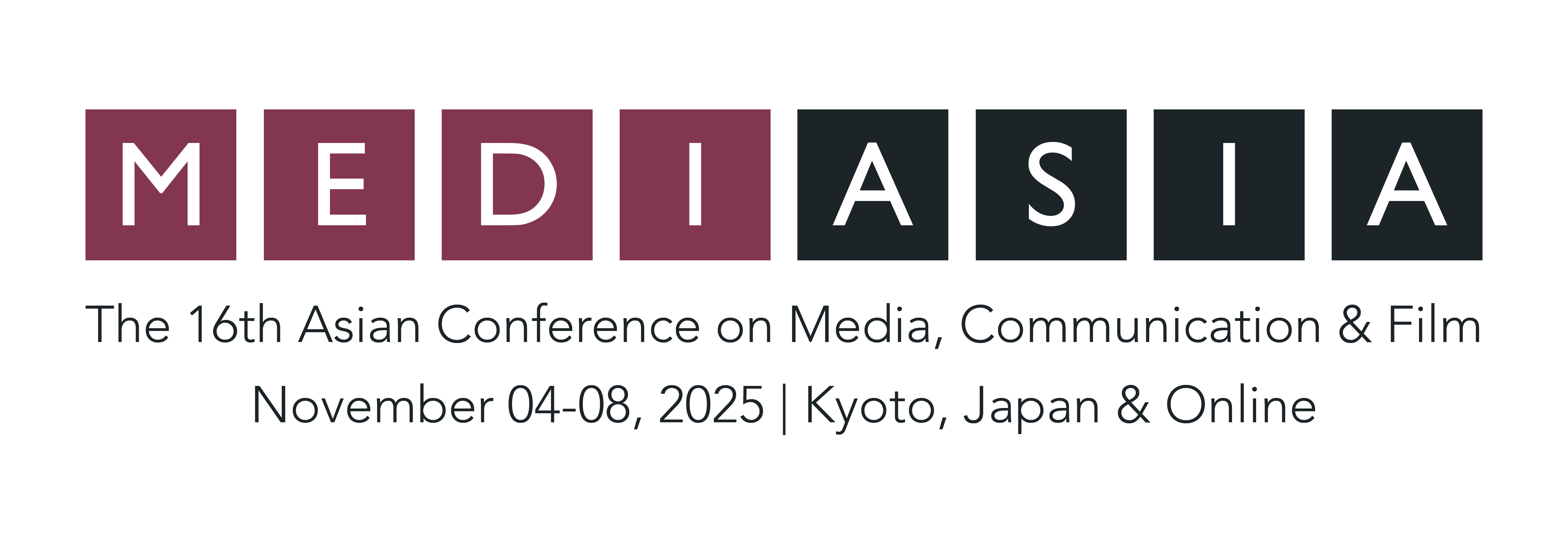Kyoto Research Park (KRP)
With support from the Kyoto Prefecture, Kyoto City, and local industry, Kyoto Research Park (KRP) was born as the first private operated Research Park in Japan. Since its opening in 1989, KRP has now grown to host over 480 tenant companies and institutions in the field of ICT, Biotech, Electronics, Machinery, and etc. It aims to be the base for new business creation and the base for collaboration between industry, academia and government in the Kyoto region.
KRP offers 2 types of services to its tenants and to the region. The first service is the Spatial Services. It is to provide a safe, secure and pleasant environment for the tenants and visitors at KRP. The Second service is the Support Services. The Support Services consist of New Business Creation Activities and Business Support Activities. The 2 services do not stand alone. They are well combined to enhance new innovation from this area.
The role of KRP is to become the catalyst of regional development. Kyoto has strength in its regional resources. Looking at the industry, many global companies like Shimadzu Corporation, OMRON, HORIBA and KYOCERA have been developed in distinctive Kyoto environment. Many SMEs holding unique technologies are located in Kyoto. Looking at academia, there are more than 40 universities consisting of 10% of the population in Kyoto. Many Nobel Prize winners have been produced from world-leading research conducted at these universities. KRP coordinates the strength of the region to find new collaboration possibilities leading to new innovation from the area.
KRP’s aim is to become the innovation hub of the region. KRP believes that by gathering and networking the regional companies, researchers and ideas, new innovation will be created. Through this process, KRP aims to contribute to regional development.
Website: https://www.krp.co.jp/english
Access
From JR Kyoto Station to the Kyoto Research Park (KRP)
By Taxi: 10 minutes (Approx. 1,000 JPY)
By Train: JR San-in (Sagano) line (Local)
Please get off at the second stop, Tambaguchi Station (4 minutes, 140 JPY). 4 minutes to walk from the station to Kyoto Research Park Building #1.
From Tambaguchi Station, exit left. Walk down the main road. Take a left at Mos Burger.
The Kyoto Research Park Building #1 entrance is on your left. Take the elevator to the 4F.
- View in Google Maps
Address: Chudoji Minamicho 134, Shimogyo-Ku, Kyoto 600-8813
Returning from the venue: It can be difficult to obtain a taxi from Kyoto Research Park, so please plan to use public transit or schedule a large window of time to wait for a taxi.
Walking Map
- https://www.krp.co.jp/english/access_to_krp/krp_area_map/
- https://www.krp.co.jp/assets/img/english/access_to_krp/krp_area_map/image01.jpg
Arukumachi KYOTO Route Planner
"Arukumachi KYOTO Route Planner" is an easy-to-use free search application offering information on available routes, timetables and fares for city buses and rail services in Kyoto City, simply by entering point of departure and destination.
Website: https://www.arukumachikyoto.jp/
Android app: https://play.google.com/store/apps/details?id=jp.kyoto.city.arukumachikyoto
Kyoto Access
From Kansai International Airport to Kyoto City: http://www.kansai-airport.or.jp/en/index.asp
MK Skygateshuttle
This service takes you directly to your destination. A Shuttle reservation is required 2 days before your arrival date. The Meeting point (MK counter) is located next to Gate H of the airport South Exit. Traveling time is about 120 minutes.
Website: http://www.mktaxi-japan.com/
Kansai Airport Limited Express HARUKA, by Japan Railway(JR)
Traveling time to Kyoto Station is 75 minutes. The tickets can be purchased at the station office.
Website: http://www.westjr.co.jp/global/en/travel-information/routemap/kansai-airport/
Limousine Bus, by KATE (Kansai Airport Transportation Enterprise)
This bus leaves every 30-40 minutes. Traveling time to JR Kyoto Station is about 85 minutes. The tickets can be purchased from vending machines located near the bus stops.
Website: http://www.kate.co.jp/pc/index_e.html
[youtube https://www.youtube.com/watch?v=WLIv7HnZ_fE?rel=0&controls=0&showinfo=0&w=560&h=315]
Visit Japan
As the world’s largest continent continues to develop, so do its educational and academic needs, and as the global economy recentres towards the Asia-Pacific region, the relevance and significance of IAFOR as an interdisciplinary think tank for both Asia and the West grows. With international events held in Tokyo and Kobe, Japan, IAFOR's Asian Conference Series is the ideal forum in which to discuss emerging regional and global issues, and to keep up to date with the latest interdisciplinary research across a range of academic fields.

